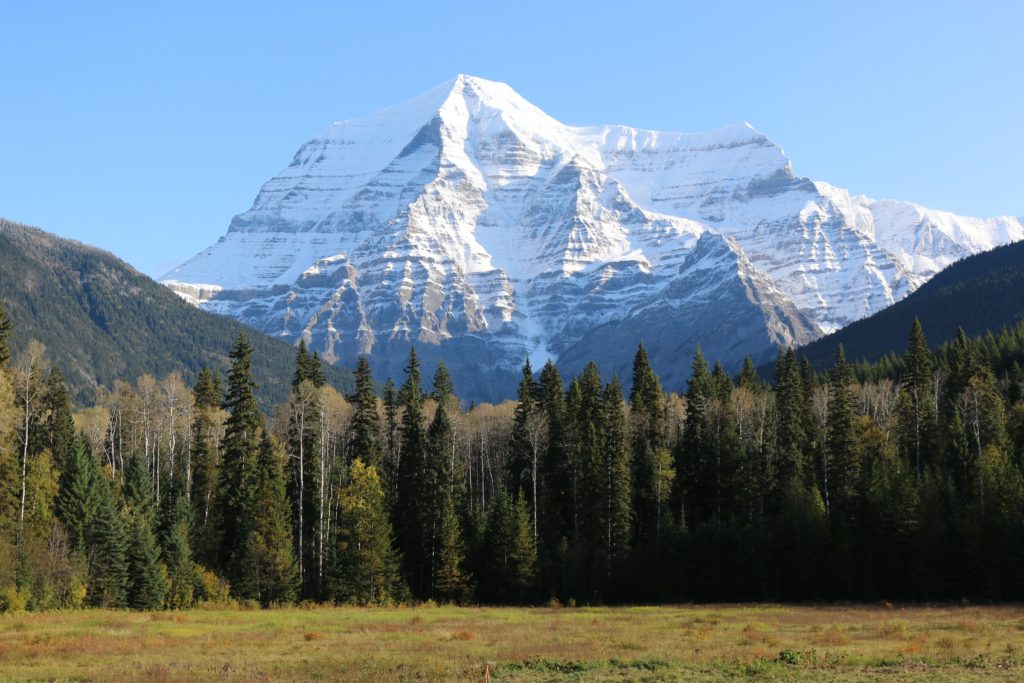
While the searing hot asphalt, dripping air conditioners and withering plants might have caused many in Western Canada to look longingly at the region’s cool mountains during the historic heat dome in June 2021, even those seemingly frosty summits were starting to sweat.
It’s common to think of mountains as stationary features in a landscape, but as Dr. Lael Parrott points out, in their own longer time scales mountains are not constant, but constantly changing. With extreme events like 2021’s heat dome and the continuing effects of climate change, that change is becoming more visible.
Dr. Parrott is a Professor of Sustainability at UBC Okanagan and co-editor of the Alpine Club of Canada’s State of the Mountains report, an annual publication dedicated to drawing attention to changes in Canada’s alpine environments. Climate change has been a strong recurrent theme and this year’s report is no different, with the high temperatures from 2021’s heat dome causing far-reaching effects.
“Ice is melting everywhere, and exponentially faster,” says Dr. Parrott. The report notes that between 2011 and 2020, Western Canada’s glacier ice shrunk by 340 square kilometres per year, which is seven times faster than the rate of glacier loss from 1984–2010. This significant melt will dramatically impact not just the mountains but also freshwater habitats and downstream water availability.
The State of the Mountains report is now in its fifth year and has received international recognition from its 2022 nomination for the UIAA Mountain Protection Award. The report has often featured extreme events like the heat dome, including the effects of dramatic wildfires and avalanches, amid coverage of how changing temperatures or snow levels are affecting other living creatures like salmon and mountain goats.
Dr. Parrott says humans can expect extreme weather events to happen more and more often as the Earth warms and climate patterns that have persisted for thousands of years begin to shift.
“The lesson to us humans is to explore resilience, not in the sense of build stronger, build bigger’ but in terms of how do we retreat and leave space for the mountains, for rivers, for the environment to be dynamic and to adapt to the kinds of changes that are occurring?”
Please visit the UBC Okanagan news site to read the full story, and to download the report.
Through Strategy 3: Thriving Communities, UBC is committed to supporting the ongoing development of sustainable, healthy and connected campuses and communities.